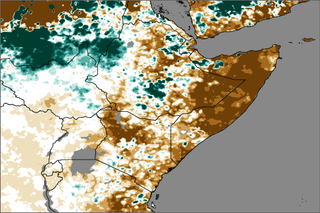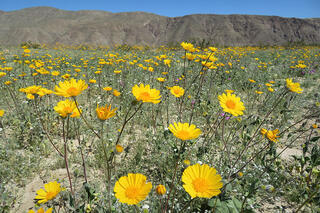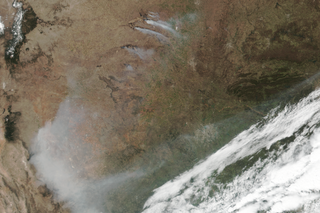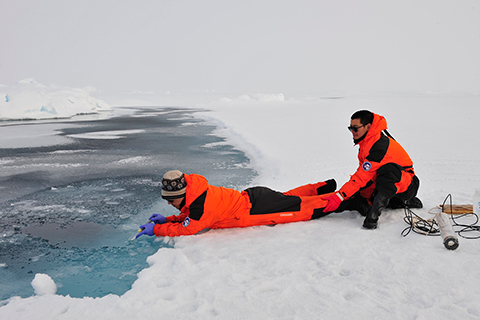
The area of the Arctic Ocean experiencing acidification due to excess carbon dioxide is growing rapidly. Communities dependent on shellfish and other marine resources could be at risk.
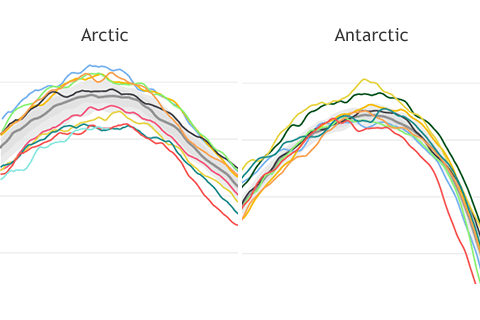
Compared to their smooth appearance at other times of year, the lines tracking Arctic and Antarctic sea ice extent become wiggly. Why is that?

Despite being at opposite points of the annual cycle, the Arctic and Antarctic had something in common in March 2017: record-low sea ice extents.

Based on historical climate data from thousands of stations across the United States, these maps show the warmest and coldest daytime high temperatures ever recorded at a given location on March 19—the astronomical first day of spring.
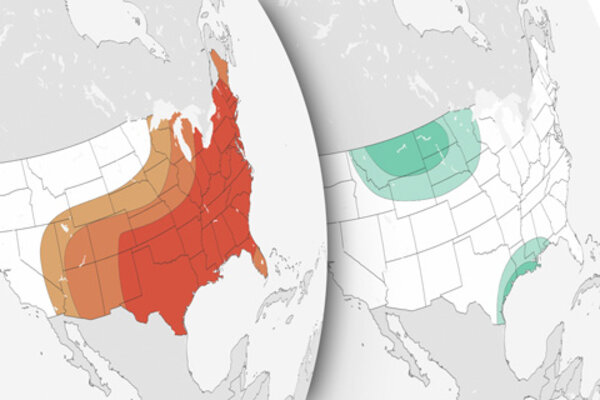
2017 U.S. spring climate and flood outlook
March 16, 2017

This year's Iditarod sled dog race is underway, but it was forced to start hundreds of miles farther north than usual due to poor snow conditions.
